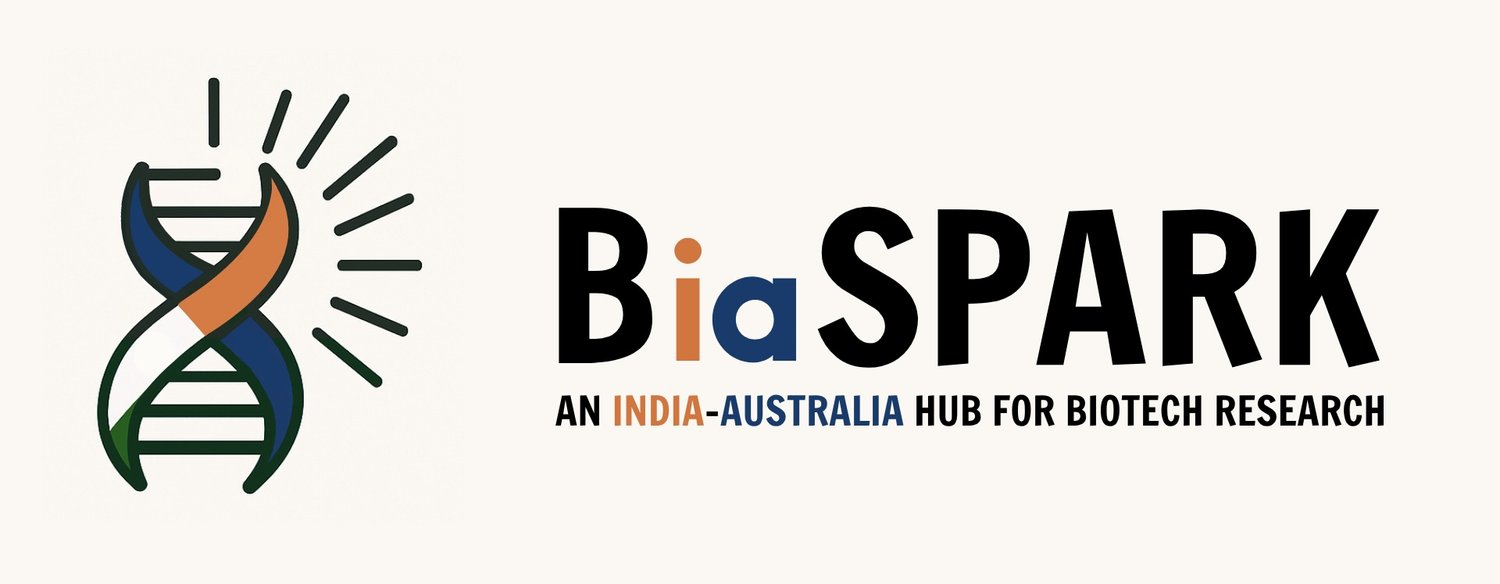Strategic Cooperation Framework for India-Australia Biotechnology Engagement
Executive Summary
There is significant political will between India and Australia to improve strategic technology collaboration. Yet, outside of highly important software collaboration, Australia-India strategic technology collaboration remains nascent. The lack of collaboration is a function of differing capabilities across technologies; the relatively poor connections between the two countries’ scientific and technology communities which is surprising given the broader interpersonnel connections between the two countries; and the sensitivities around security and some dual-use technology which limits collaboration until trust is built between the two countries’ bureaucracies and defence institutions. However, biotechnology avoids many of the above limitations. For bilateral collaboration biotechnology has the following advantages:
● It is a highly strategic technology that favours civilian applications.
● Australia and India have world leading companies and researchers in parts of biotechnology. That is not true for most emerging technology.
● Global market leaders are not entrenched in many areas.
This report is the first in a series to be produced under a grant from the Australia-India Strategic and Technology Policy Initiative (SATPI). This report’s purpose is threefold.
● To seed the idea that biotech is one of the biggest opportunities for Australia-India collaboration across various stakeholders in both countries.
● To provide a mapping of current activities between India and Australia in biotech.
● To provide underlying frameworks to conceptualise how collaboration could work.
To address this final point, the paper proposes a 2×2 Biotechnology Cooperation Matrix, segmenting applications by economic potential and defence relevance. This framework identifies four quadrants: security-driven R&D, dual-use technologies, public-good biotech, and high-growth civilian biotech. Each quadrant includes tailored policy measures, from interoperable trials to startup corridors and regulatory harmonisation.
This paper is designed to provide high-level mapping and frameworks. There are proposed general policy actions in each of the quadrants of the matrix. A future paper in the series will make policy recommendations for specific subsectors of biotechnology.
